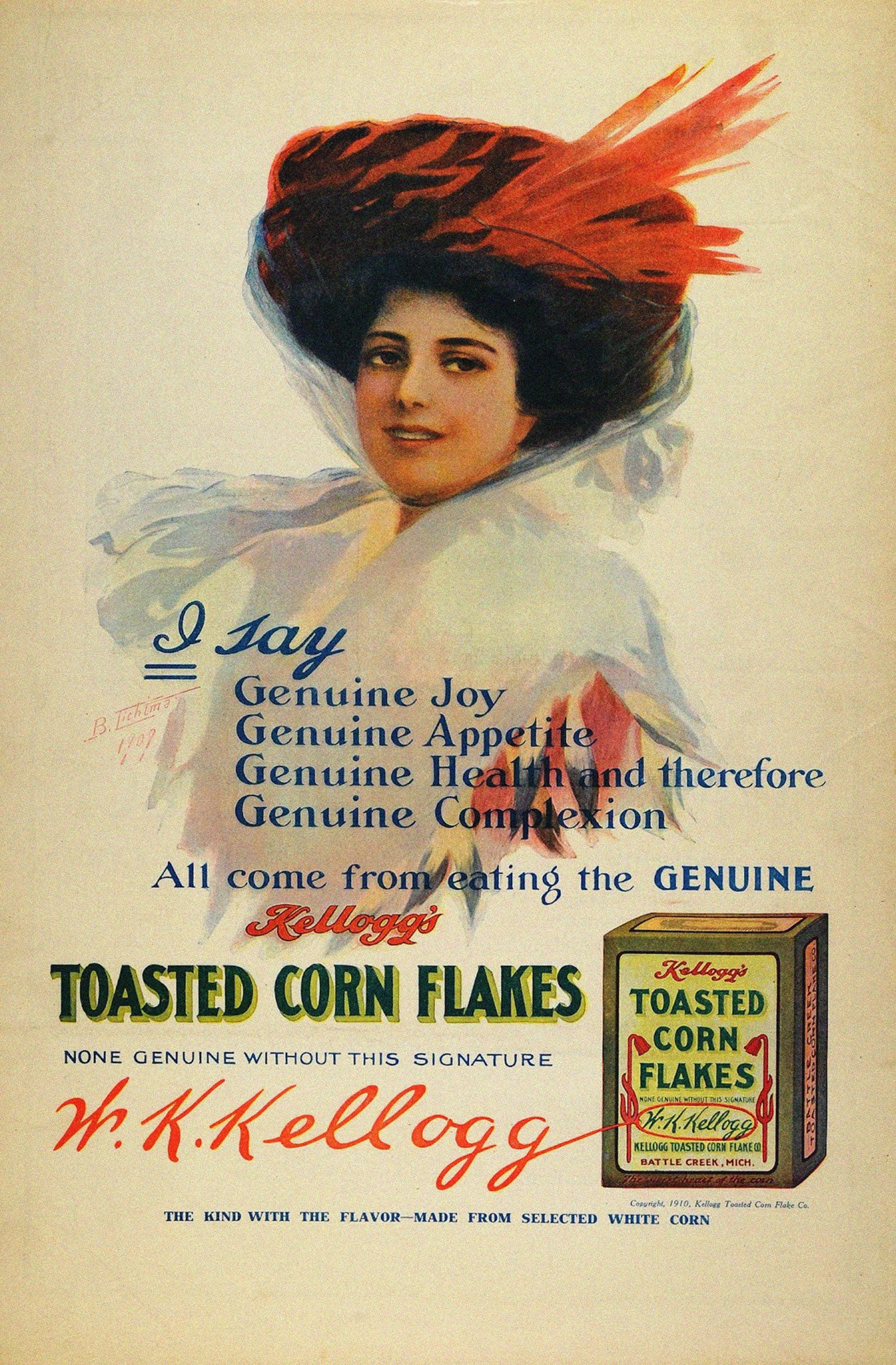Rhodri Marsden's Interesting Objects: The cornflake
The Kellogg brothers' cereal was the result of an experiment to produce an alternative to bread

* Even by modern standards, Dr John Harvey Kellogg was an unusual man. He believed that personal indulgence was at the root of all wickedness, and he subjected patients at his sanitarium in Battle Creek, Michigan, to yoghurt enemas, lectures on the evils of masturbation, and some extremely bland food.
* While he and his brother Will conducted experiments to produce an alternative to bread, they accidentally left a load of boiled wheat to dry out. Not wishing to waste it, they flattened it and baked it. The resulting flaky foodstuff was as bland as John could ever have hoped for and, 120 years ago this weekend, he filed a patent for a "new and useful alimentary product".
* While John was delighted at the suitability of this "granose" for the sick and convalescent, Will saw it more as a business opportunity. He grew frustrated with John's habit of proudly showing off the production process to anyone who happened to enquire; he believed that with the addition of some sugar, granose could become a national sensation. John, appalled at the idea of adding any flavour to make his flakes more arousing, resisted. Lawsuits were filed.
* Eventually, Will got his way. He formed the Battle Creek Toasted Corn Flake company, and set about launching the product. The primary promotional tool was the first ever cereal packet giveaway, "The Funny Jungleland Moving-Pictures" booklet, which you got free if you bought two boxes of the stuff.
* For some reason, this three-panel flipbook, featuring pictures of various animals in human clothing, became much sought after. By 1912, 2.5 million books had been distributed; Corn Flakes were officially a hit. The effect of their consumption on a nation's ardour, however, is harder to quantify.
Join our commenting forum
Join thought-provoking conversations, follow other Independent readers and see their replies
Comments